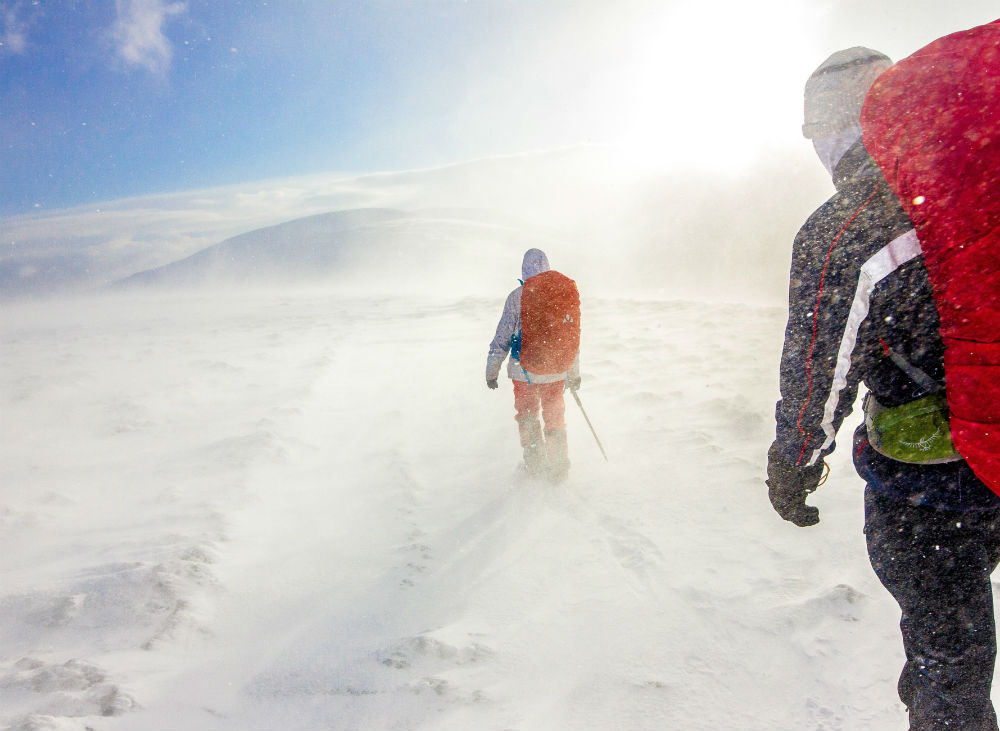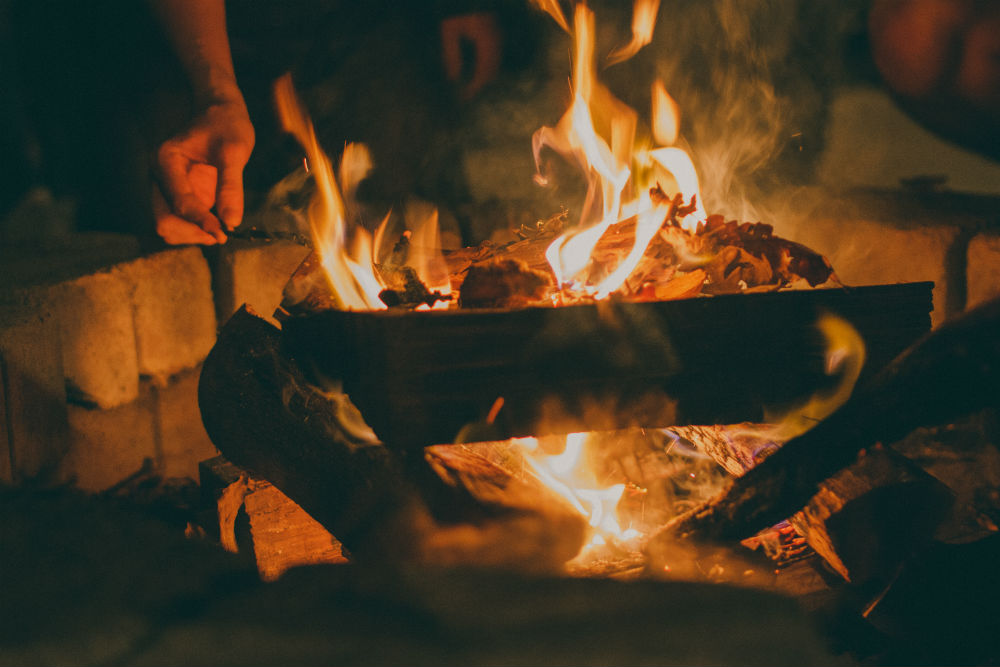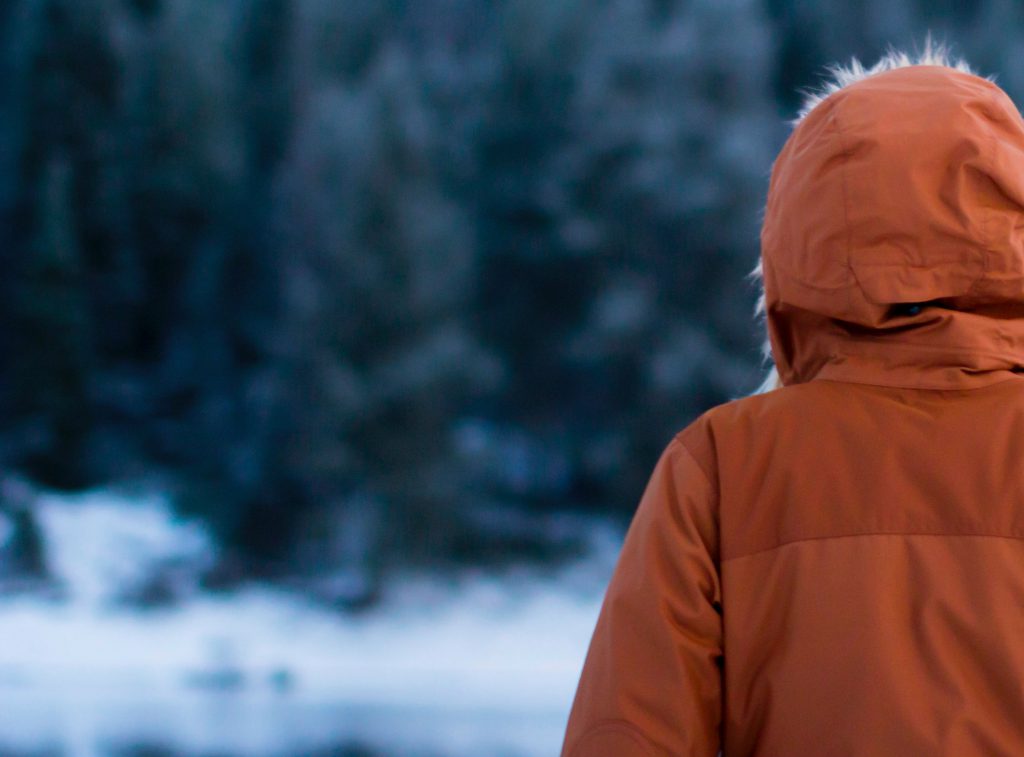We love the cold. And we respect the risks we face in extremely cold environments. It’s important to understand that cold weather adventures can be dangerous if you aren’t properly armed with the right equipment and the right knowledge.
Whether you’re summiting a remote glacial peak or snowshoeing with friends, cold weather survival knowledge can keep you comfortable and safe — it can even save a life.
Here are 7 things everyone should know before heading out in the cold.

1. Stay hydrated.
Heat has a way of reminding us how vital water is to survival. In the cold, however, it’s easy to forget that dehydration is still a serious concern. Stay on top of your water intake, even if you don’t feel thirsty.
2. Eat a hearty meal before sleeping.
If you’ve ever been told to avoid a big meal right before bed — forget that advice. When it comes to sleeping in the cold, a belly full of warm fuel will keep you warm. Your body warms up as it burns through those calories, but they probably won’t last all night. If you wake up with a chill, try eating a small snack to warm up again. Bring something that won’t freeze and break your teeth in the middle of the night.
3. If you go to bed warm, you’ll stay warmer.
Warm yourself up by the fire before you get into your sleeping bag. If you go to bed already cold, it’s much harder to warm up — regardless of how many blankets and layers you pile on.

4. If your clothes get wet, get naked.
Getting wet in the cold is the fastest way to suffer hypothermia. If you fall into water in cold weather, you should remove your clothing, immediately. It might feel even colder to take the clothes off, but your body can regulate its temperature better without wet material blanketing the skin.
5. Stay active.
Cold temperatures can lower our heart rate, which decreases blood flow throughout the body and makes us even colder. Keep your heart rate and your body temperature up by staying active. If you’re hiking or climbing, you won’t have to think about this much. But if you suddenly find yourself in a stationary situation, try jumping jacks or running in place to get that heart rate back up.

6. Be aware of sweating.
When we’re working hard in cold weather, we can unexpectedly start to sweat, despite the chilly temperature. Sweat can be dangerous once you stop moving, as it turns cold and can dampen your clothes. Dressing in layers will allow you to strip down before you break a sweat. Take breaks to assess your body’s temperature and moisture level, and always remember to remove layers as your warm up.
7. Keep your head covered.
Your body can lose 40-45% of body heat through your head if you don’t keep a lid on it. Your head has lots of blood flow but very little fat for keeping that heat contained. A warm hat and scarf will keep your vulnerable head and neck warm, as well as the rest of your body.
Once you have a healthy understanding of cold weather risks and how to avoid them, you can enjoy cold weather activities to the fullest. Just remember that Mother Nature calls the shots out there. Always use caution and follow your intuition. If the weather is looking particularly grim, and you aren’t confident in your ability to face it, it might be a good idea to reschedule for next weekend.





